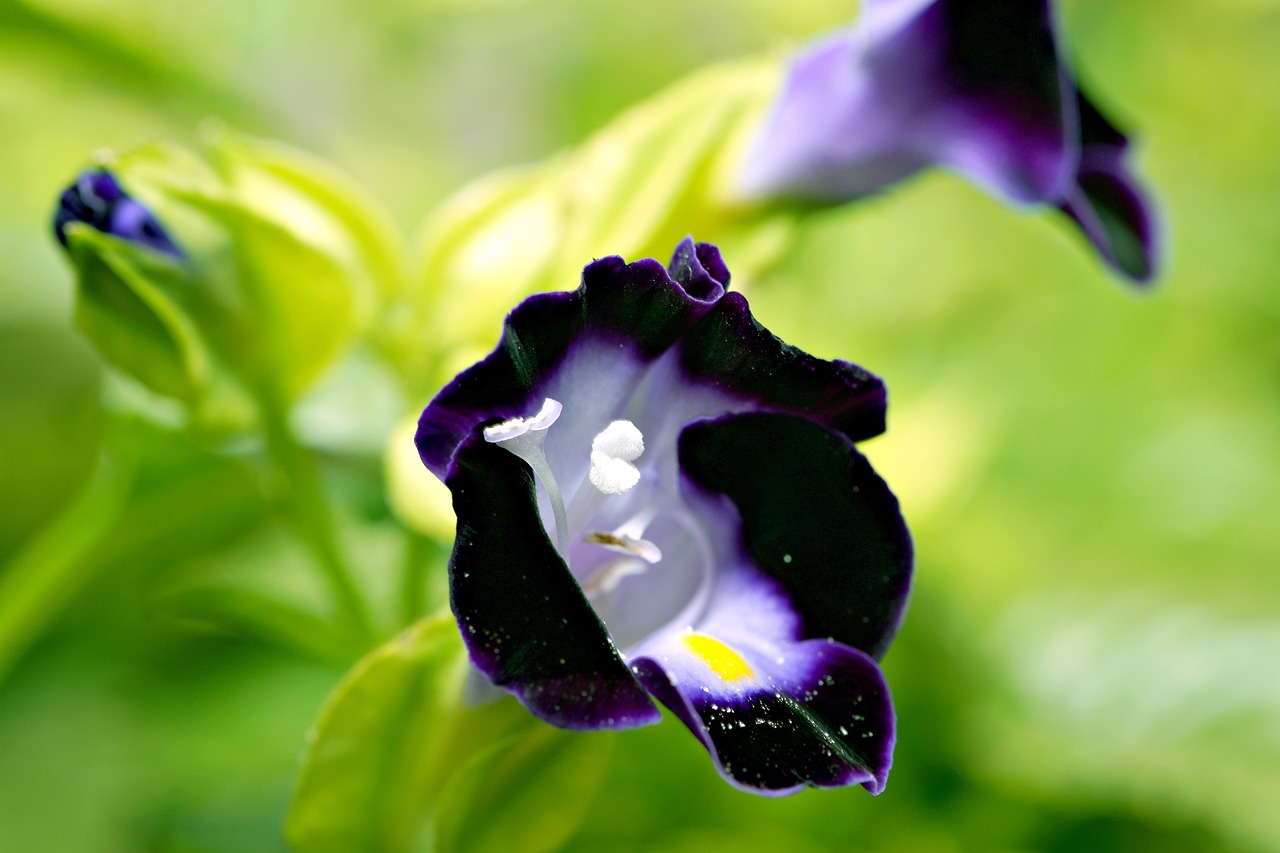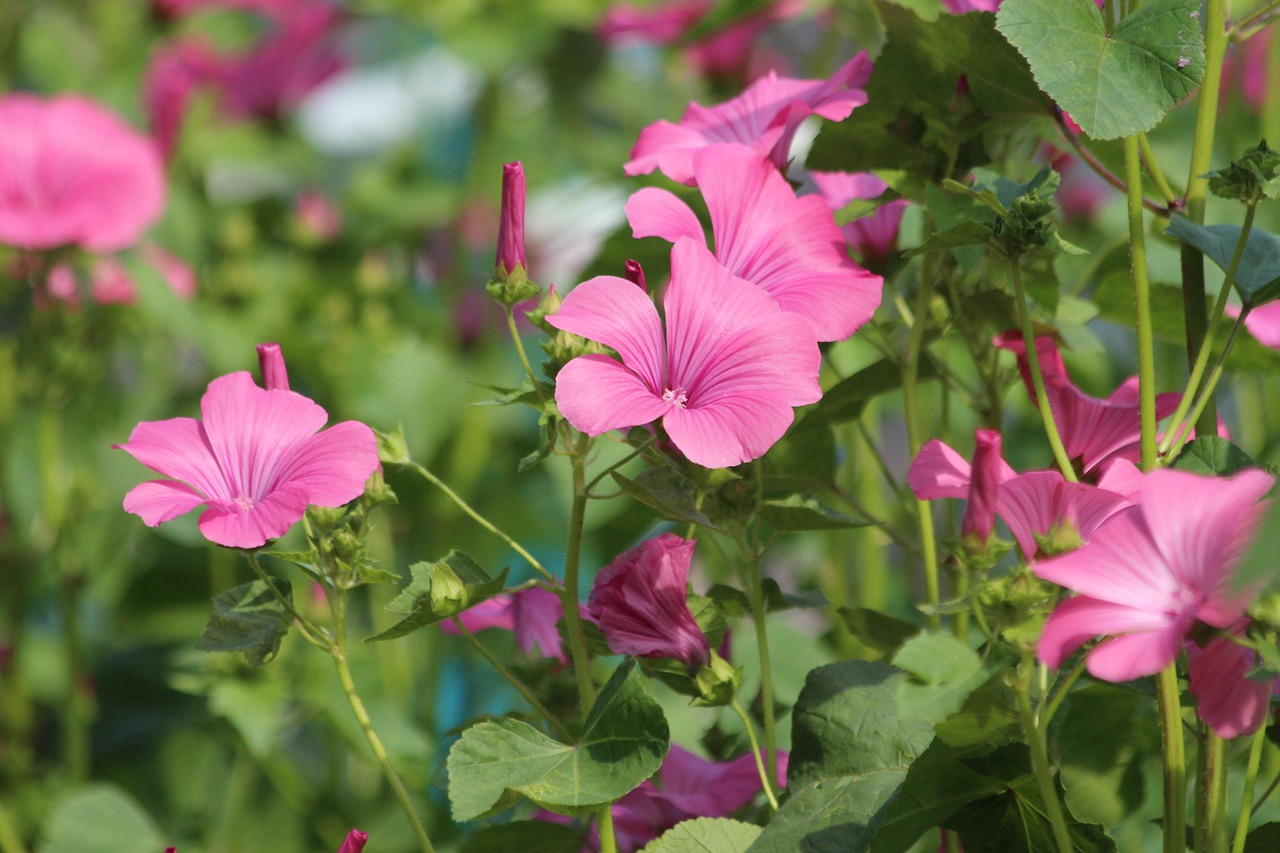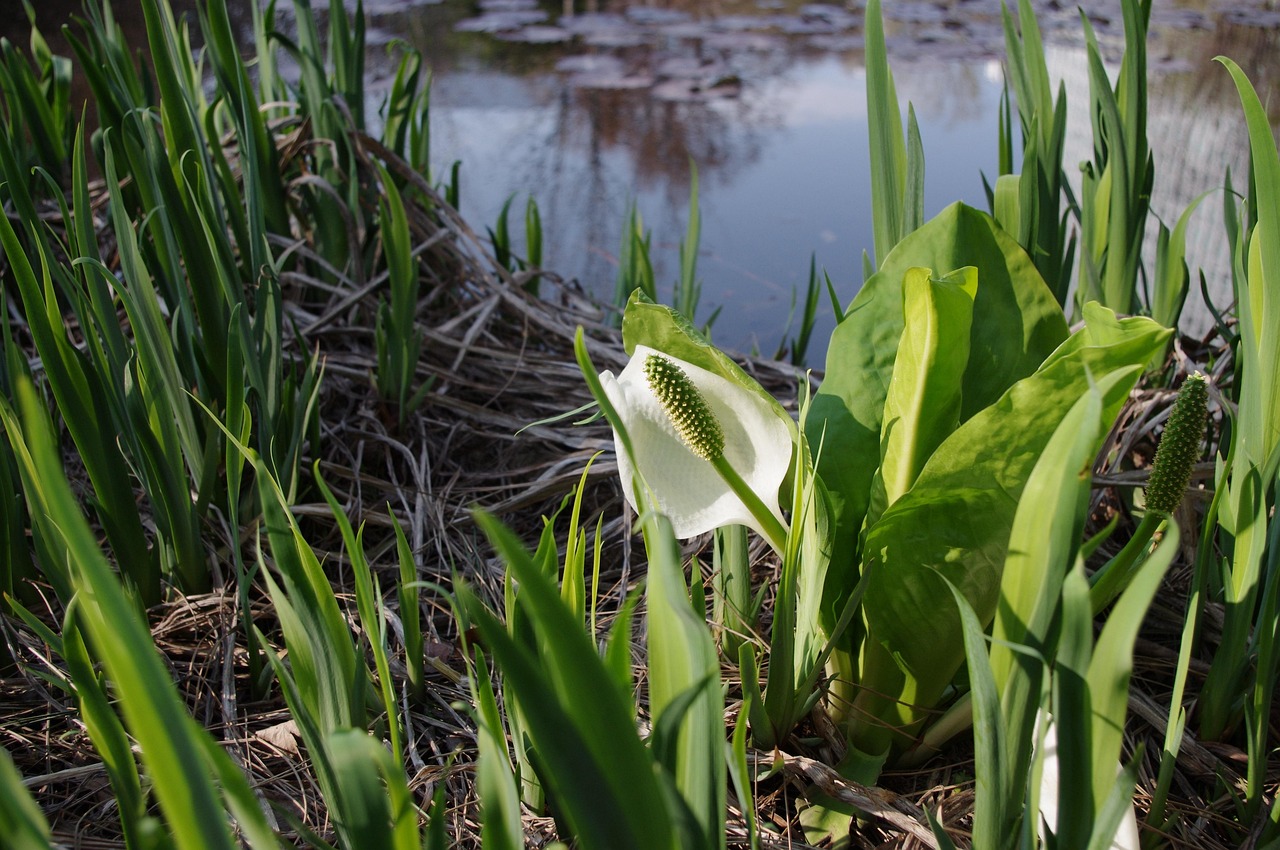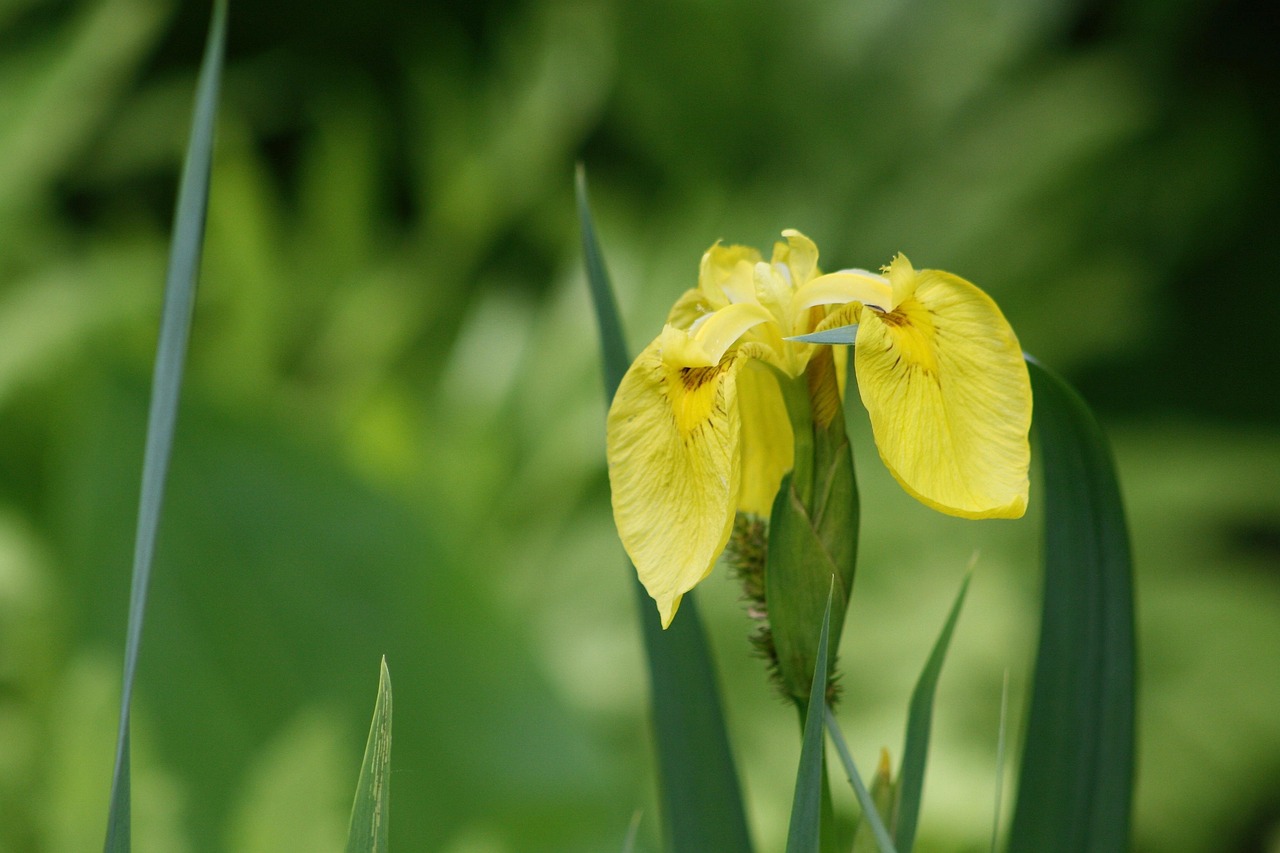Oriental Poppy | An Exotic Flower of the Garden Adorned with Eastern Beauty
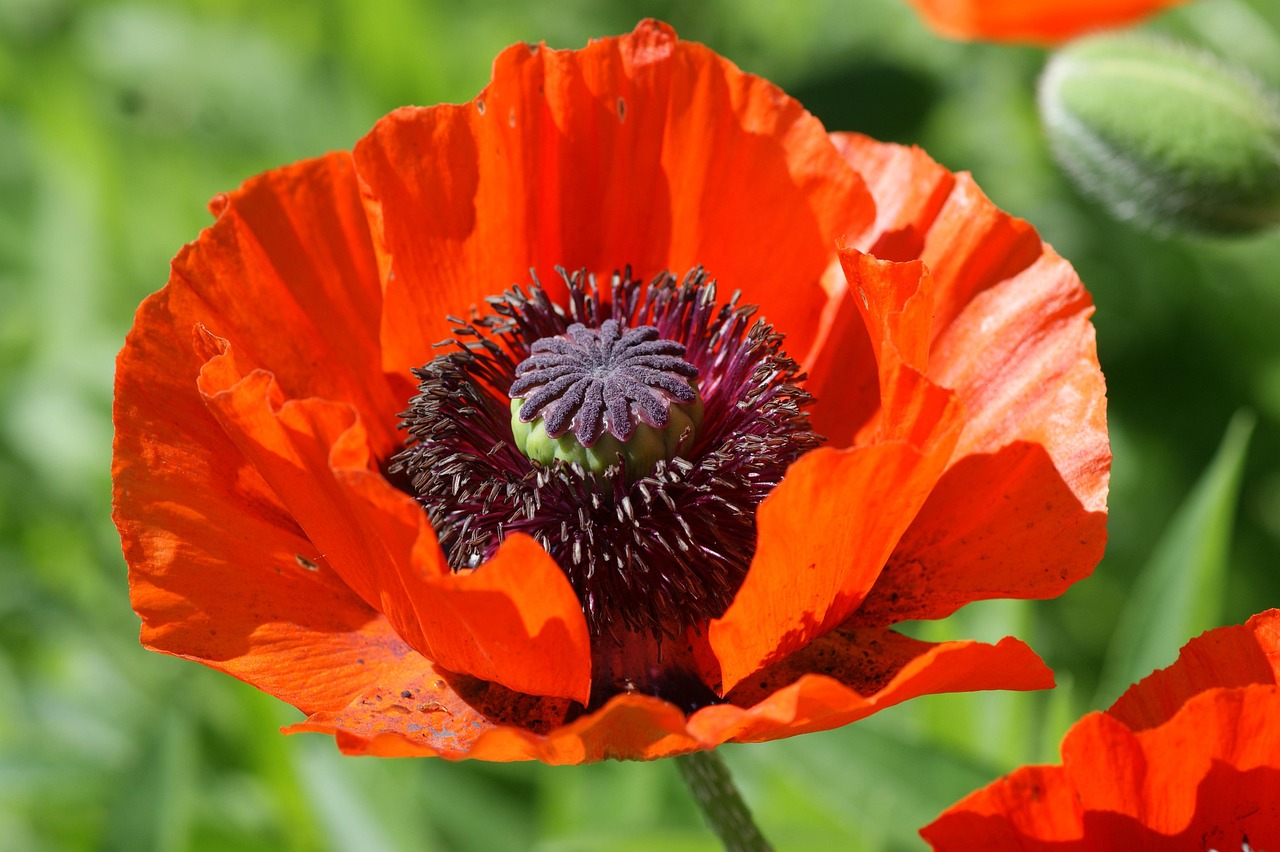
The Oriental poppy is a perennial plant with large, vivid flowers and delicate foliage that adds a striking touch of color to any garden. With its powerful bloom and unique texture, it has long been cherished in many countries.
In this article, I will provide detailed information about the Oriental poppy, including its basic characteristics, cultural and historical background, and cultivation tips.
Basic Information
- Scientific name: Papaver orientale
- Family: Papaveraceae
- Origin: Turkey, Iran, and the Caucasus region
- Appearance: Large flowers in shades of red, orange, pink, and white, often featuring a central black spot. The finely divided leaves are covered with silvery-green hairs.
- Blooming season: Late spring to early summer (around May to June)
Cultural Significance Around the World
The Oriental poppy, with its magnificent form and vibrant colors, has been regarded as a symbolic flower in many regions, particularly in Europe.
In the United Kingdom and France, poppies in general symbolize “memory” and “remembrance,” playing an important role as flowers of mourning for the war dead.
Since poppies bloomed across the battlefields of World War I, wearing red poppies on November 11 for Remembrance Day became a custom in the UK and Canada.
In its native regions of Turkey and Iran, the Oriental poppy has long been admired in gardens and celebrated as a motif in poetry.
In Islamic culture, its fiery red petals symbolize “passion” and “transience,” appearing frequently in poetry and art.
Historical Background
The Oriental poppy was introduced to Europe in the 18th century, where it became highly prized in aristocratic gardens.
In the French court, its vivid red blossoms were admired for their exotic charm, influencing Rococo decorative art.
In the 19th century, breeders in England developed new varieties, introducing pink and white cultivars that enhanced its ornamental value.
It soon became a staple of English garden culture, inspiring many poets and painters.
Gardening Advice
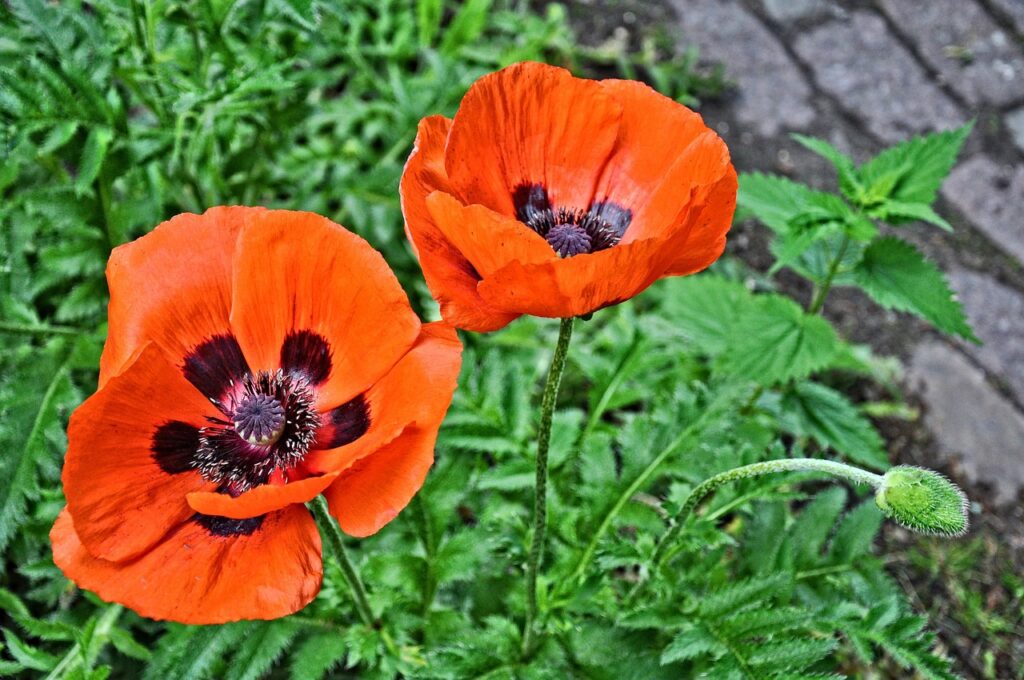
To grow Oriental poppies successfully and enjoy their striking blooms, consider the following points:
Sunlight
Prefers full sun. Adequate light helps the flowers develop fully.
Watering
Fairly drought-tolerant, but water moderately before the soil dries out completely. Ensure good drainage to prevent overwatering.
Soil
Well-drained sandy soil is ideal. For potted plants, mix in leaf mold or perlite to improve drainage.
Fertilizer
During the spring growth period, apply a balanced fertilizer low in nitrogen. Avoid fertilizing after flowering to prepare for dormancy.
Cold resistance
Hardy and capable of surviving winter. The aerial parts die back, but roots remain and sprout again in spring. In cold climates, protect with mulch against frost.
Planting
Handle carefully when transplanting, as roots are fragile. Avoid disturbing them as much as possible.
Conclusion
The Oriental poppy, with its impressive large blooms, has long been loved in Europe and the Middle East. While it serves as a symbol of remembrance in the UK and France, in Turkey and Iran it has been cherished as a poetic and artistic motif.
Since its introduction to Europe in the 18th century, selective breeding has produced many colorful varieties, making it a favorite ornamental plant.
With plenty of sunlight and well-drained soil, you can enjoy its spectacular flowers in your own garden.


